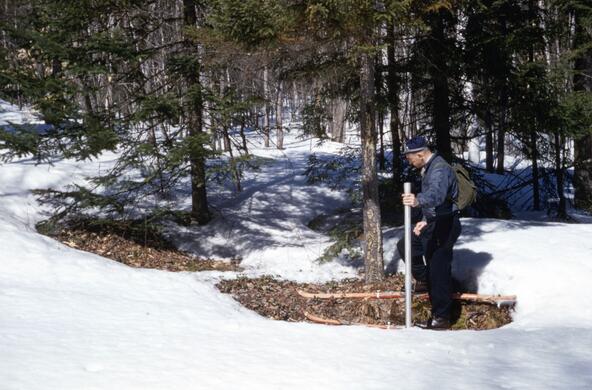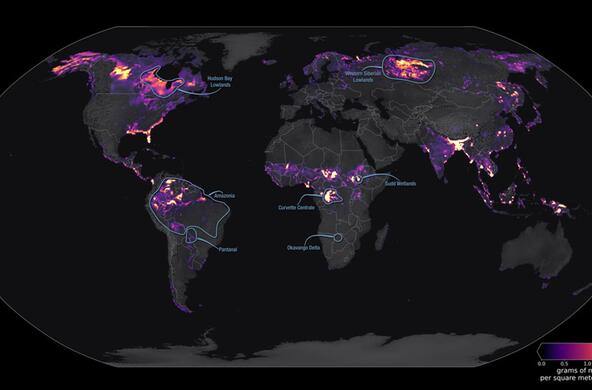
There are lots of potential impacts associated with global climate change – shifts in the distribution of plants are among them. Most plant species are adapted to a range of climate conditions. If the climate changes, their habitat can shift as well. This is true for crop and forestry plants, as well as native species.
Vineyards are likely to be hard hit. Grapes require specialized conditions for the production of fine wines. Most of the best wines are produced in Mediterranean-type climates found in California, Chile, South Africa, Australia, and, of course, the Mediterranean basin. These areas have cool (but not cold) wet winters and hot (but not too hot) dry summers, allowing for a long period of fruit ripening, conducive to fine wines.
Unfortunately, most of these regions are projected to experience hotter, drier conditions as this century unfolds, forcing the production of wines elsewhere. In France, the change in climate will unravel some historic vineyards. In the U.S., one study estimates that the area for the production of fine wines will decline by 81% in this century. Much of the area with the best climate conditions in California will be lost, in favor of new areas in the Pacific Northwest.
Increasing drought for viticulture means demands for irrigation waters will increase in regions that are already short of water. Costs for new plantings and new infrastructure will add to the retail price of wine. Those who enjoy fine wine will experience new challenges in its selection and new prices to match.
We’ve got to do more than just whine about climate change.
**********
–This segment was adapted from a blog post by William Schlesinger, biogeochemist and Emeritus President of the Cary Institute of Ecosystem Studies.
Produced in collaboration with WAMC Northeast Public Radio, this podcast originally aired on October 15, 2015. To access a full archive of Earth Wise podcasts, visit: www.earthwiseradio.org.
Photo courtesy of Maureen Didde.






